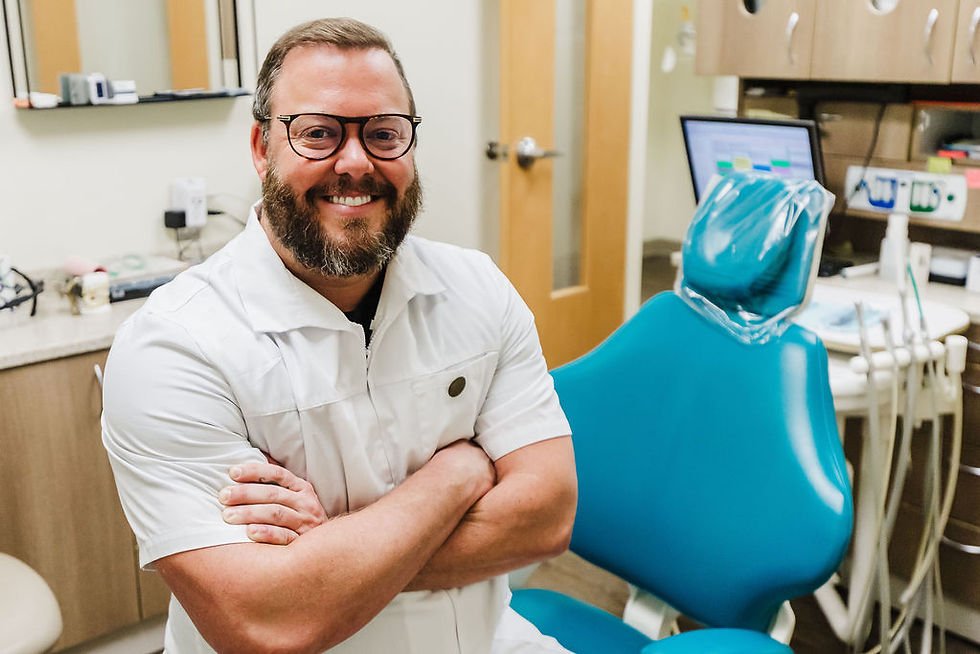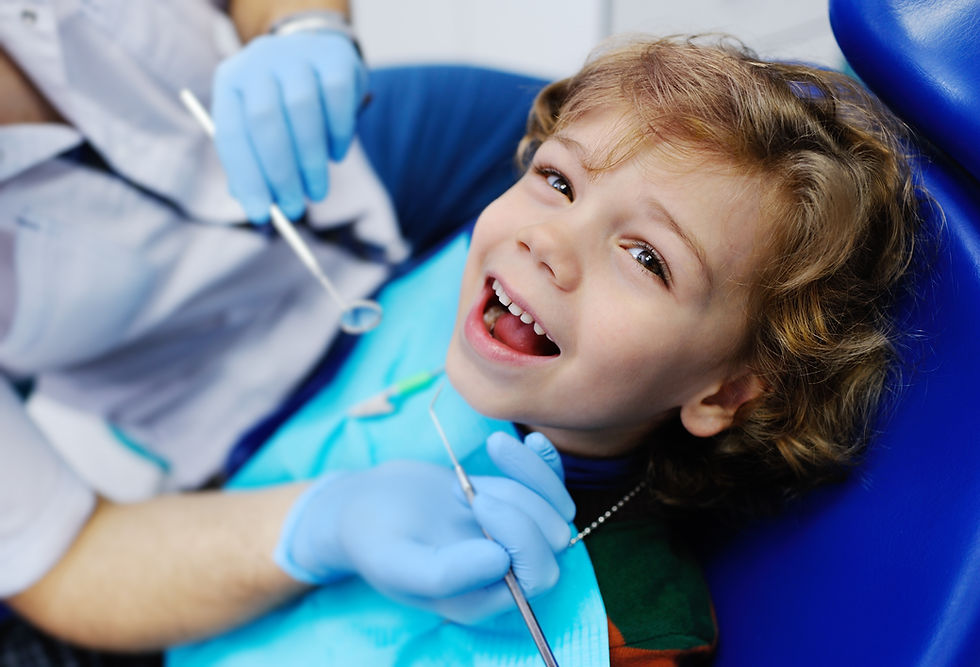Brush, Floss, Repeat: The Oral Hygiene Survival Guide
- Midtown Vision

- May 28
- 2 min read
When it comes to oral hygiene, two of the most common questions are: How long should I brush my teeth? and How often should I floss? Understanding and maintaining these habits are key to achieving a healthy, sparkling smile. Let’s break down the best practices for brushing and flossing.

How Long Should I Brush My Teeth?
The American Dental Association (ADA) recommends brushing your teeth twice a day for two minutes each time. Here's why:
Effective Plaque Removal: Two minutes is the optimal time to ensure that you thoroughly clean every surface of your teeth. This includes the outer, inner, and chewing surfaces.
Preventing Gum Disease: Proper brushing for the recommended duration helps remove food particles and plaque, reducing your risk of developing gingivitis or periodontal disease.
Fresh Breath: Brushing for two minutes helps to eliminate odor-causing bacteria and leaves your mouth feeling fresh.
Pro Tips for Brushing:
Use a fluoride toothpaste to strengthen enamel and protect against cavities.
Choose a toothbrush with soft bristles to avoid damaging your gums or enamel.
Divide your mouth into four sections (quadrants) and spend 30 seconds on each.
How Often Should I Floss?
Flossing is just as important as brushing, but it's often overlooked. You should floss at least once a day to maintain optimal oral health. Here’s why:
Removes Plaque Between Teeth: Your toothbrush can’t reach the tight spaces between your teeth. Flossing clears out debris and plaque in these areas.
Prevents Cavities: By removing trapped food particles, flossing reduces the risk of tooth decay in areas that brushing misses.
Healthy Gums: Flossing helps to prevent gum inflammation and bleeding, which can lead to more serious gum diseases if left untreated.
Pro Tips for Flossing:
Use about 18 inches of floss, winding most around your middle fingers, and leave about 1-2 inches to work with.
Gently slide the floss between your teeth in a sawing motion and curve it around the base of each tooth.
If traditional flossing feels difficult, consider using floss picks, water flossers, or interdental brushes.
Building a Sustainable Routine
Consistency is key when it comes to oral hygiene. To build a sustainable routine:
Pair Your Habits: Link brushing and flossing with other daily activities like morning coffee or bedtime rituals.
Set Reminders: Use phone alarms or apps to remind you to brush and floss regularly.
Make It Enjoyable: Listen to music or watch a short video while you brush, and use flavored floss to make the process more pleasant.
The Takeaway
Brushing for two minutes, twice a day and flossing once daily are essential steps in maintaining a healthy mouth. These practices not only prevent cavities and gum disease but also contribute to your overall health and confidence. Invest a few minutes each day in your oral care routine—it’s a small effort with lifelong benefits.
Your dentist will thank you, and so will your future self!
%20(3).png)







Comments